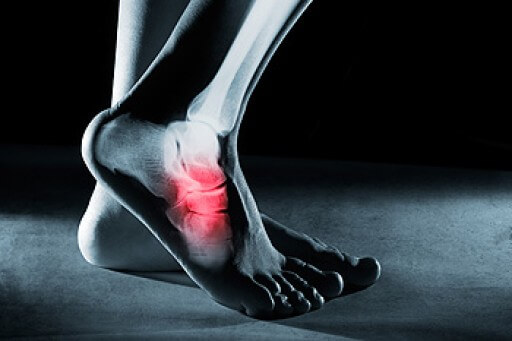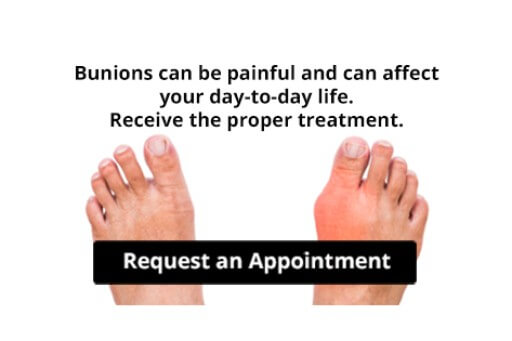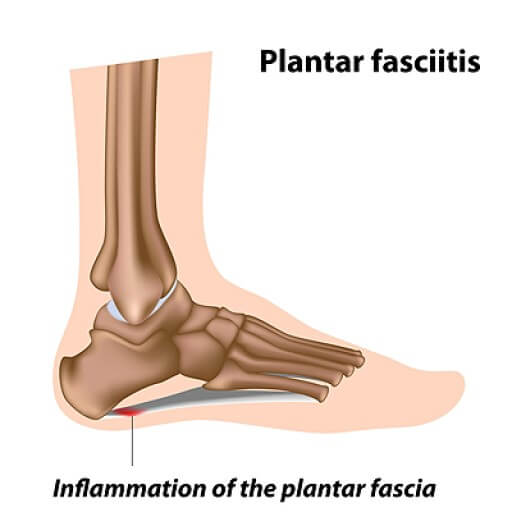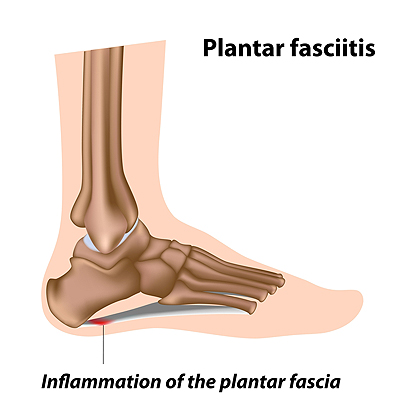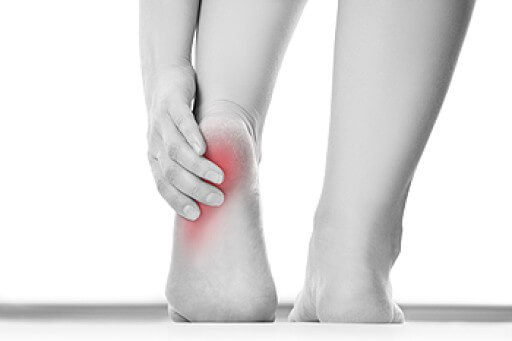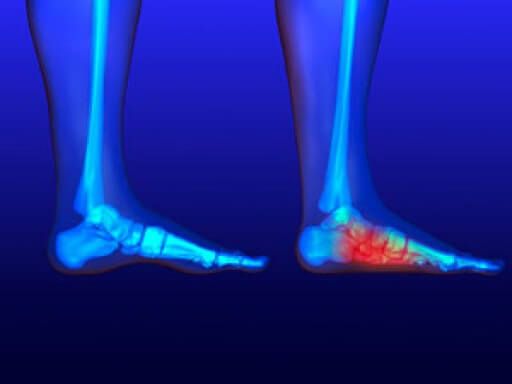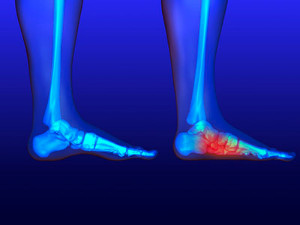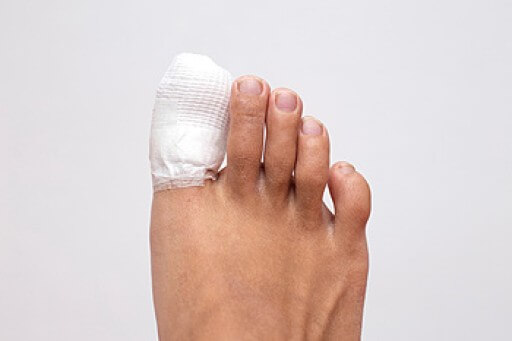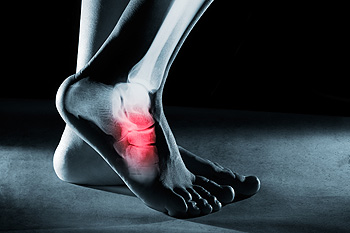 Foot pain can develop from a variety of factors that include injury/trauma, aging, and medical issues. Foot pain can also range from minor inconveniences to debilitating pain. Corns, which can form from wearing ill-fitting shoes or arthritis, are hard thickened areas of skin that form due to friction. Plantar warts, another skin condition, are fleshy growths that occur on the bottom of the feet due to a virus that spreads through small breaks in the skin. The most common cause of pain in the heel is plantar fasciitis. This occurs when the ligament running along the bottom of the foot is strained, putting stress on the heel. Because the foot is made up of 26 bones, a stress fracture or a fracture due to trauma can occur. Medical issues, such as diabetes, can lead to complications like neuropathy, and a patient’s diet can lead to issues such as gout. If you are struggling with pain in your feet, consulting with a podiatrist for a proper diagnosis and treatment is suggested.
Foot pain can develop from a variety of factors that include injury/trauma, aging, and medical issues. Foot pain can also range from minor inconveniences to debilitating pain. Corns, which can form from wearing ill-fitting shoes or arthritis, are hard thickened areas of skin that form due to friction. Plantar warts, another skin condition, are fleshy growths that occur on the bottom of the feet due to a virus that spreads through small breaks in the skin. The most common cause of pain in the heel is plantar fasciitis. This occurs when the ligament running along the bottom of the foot is strained, putting stress on the heel. Because the foot is made up of 26 bones, a stress fracture or a fracture due to trauma can occur. Medical issues, such as diabetes, can lead to complications like neuropathy, and a patient’s diet can lead to issues such as gout. If you are struggling with pain in your feet, consulting with a podiatrist for a proper diagnosis and treatment is suggested.
Foot Pain
Foot pain can be extremely painful and debilitating. If you have a foot pain, consult with the podiatrists from Boston Common Podiatry. Our doctors will assess your condition and provide you with quality foot and ankle treatment.
Causes
Foot pain is a very broad condition that could be caused by one or more ailments. The most common include:
- Bunions
- Hammertoes
- Plantar Fasciitis
- Bone Spurs
- Corns
- Tarsal Tunnel Syndrome
- Ingrown Toenails
- Arthritis (such as Gout, Rheumatoid, and Osteoarthritis)
- Flat Feet
- Injury (from stress fractures, broken toe, foot, ankle, Achilles tendon ruptures, and sprains)
- And more
Diagnosis
To figure out the cause of foot pain, podiatrists utilize several different methods. This can range from simple visual inspections and sensation tests to X-rays and MRI scans. Prior medical history, family medical history, and any recent physical traumatic events will all be taken into consideration for a proper diagnosis.
Treatment
Treatment depends upon the cause of the foot pain. Whether it is resting, staying off the foot, or having surgery; podiatrists have a number of treatment options available for foot pain.
If you have any questions, please feel free to contact our office located in Boston, MA . We offer the newest diagnostic and treatment technologies for all your foot care needs.
